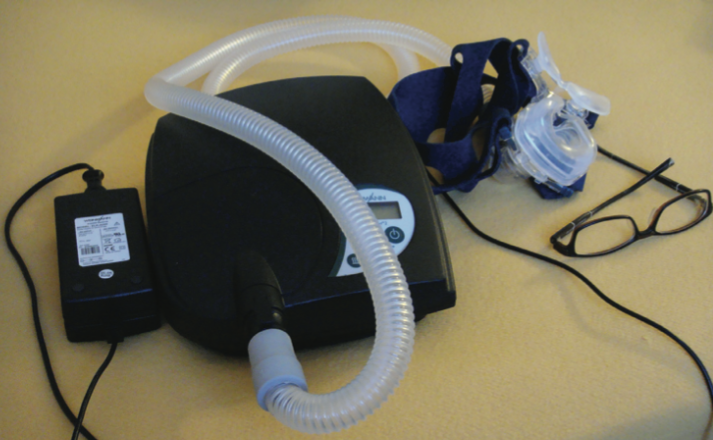

As we all know, to perform any task, mental or physical, the human body needs to have energy and focus on attending to the task well at maximum efficiency. All these factors are dependent on the quality of sleep you get at night. Sleep study shows that people with a better quality of sleep have overall better mind and body function than those without. It's another thing to have inadequate sleep one night, but if you notice you have those a lot, even on a good day, it just might be a sleep disorder.
Sleep apnea is a prime example of a sleeping disorder where your breathing starts and stops while you sleep at night, resulting in less oxygen flow to the body. It can easily be cured by CPAP machines or CPAP therapy. Here is some information on sleep apnea and how CPAP machines work.
Isevereserious sleeping disorder if gone unattended for a long period of time. While you sleep at night, your body heals for that continuous supply of oxygen is required. However, if you are suffering from this sleep disorder, your breathing will continuously start and stop, which results in an improper supply of oxygen to the brain.
The root cause of this sleep disorder could be anything from breathing habits to sleeping positions. There are mainly two types of sleep apnea which are given below.
This is one the most common forms of sleep apnea, which occurs in the upper airway, where the throat muscles relax to a point where it blocks the constant flow of air to the lungs.
This problem arises when the brain doesn't send proper signals to the body parts responsible for breathing. This may also result in difficulty falling asleep.
CPAP machine is one of the most common treatments and is effective for sleep disorders. The CPAP machine helps keep the lungs' airways open so that your breathing is not interrupted at night while you sleep and proper oxygen is delivered for necessary processes. Sleep study shows it can cure your sleep apnea, but it can also improve your sleep quality further and reduce the risk of health issues to a great extent.
Using a CPAP machine can help generate the proper amount of oxygen that your lungs need. There are different types of sleep apnea machines; each one is used at a particular time and situation. These machines are a form of oral appliances that helps with breathing interruptions.
In this, there are two pressure settings; one is applied when inhaling, and one is used while exhaling, resulting in the proper breathing flow pattern. Positive airway pressure treatment works for treating obstructive sleep apnea.
In this type of CPAP machine, the device self-regulates the pressurized air through automatic air pressure. This machine uses a range of air pressure that keeps the airway open for a smooth flow of air into the lungs. It's ideal for treating mild sleep apnea.
This one is mainly used for people who are suffering from severe sleep apnea. It delivers mandatory breathing when necessary by keeping the airway from getting blocked through this machine. It helps you resume breathing whenever it stops while you are sleeping.
Every CPAP device operates on these basic tools like a motor, CPAP hose, and CPAP mask. However, the masks can be of different types for different situations.
Difficulty falling asleep? CPAP therapy works the best, which sometimes may include yoga or the modern way, which is CPAP machines. Using a CPAP can significantly affect your daily life by giving you better sleep as it maintains the steady flow of air for your nasal passageway. Everything affects your sleep cycle, from room air to blood pressure, so be mindful of what you are eating and where you are sleeping. Having no breathing interruption can give your body and mind a healthy recovery.
Leave a comment